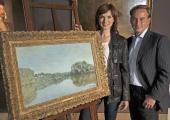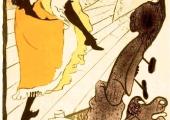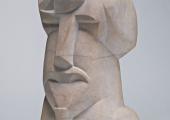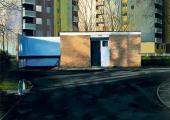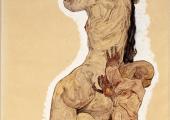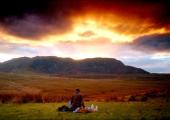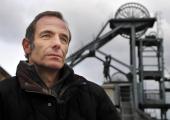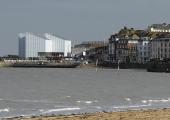Twombly and Poussin: Arcadian Painters, Dulwich Picture Gallery

This odd pairing is not a marriage made in heaven
Some years ago the Dulwich Picture Gallery invited Howard Hodgkin to exhibit alongside the Old Masters in their collection. I am not a fan of this vastly overrated artist, but even a diehard enthusiast must have found the juxtaposition cruel. How could Hodgkin’s crudely daubed, splishy-sploshy canvases (I exempt from the description a few works painted at the highpoint of his career in the mid-Seventies) bear scrutiny against works by Rubens or Rembrandt? They couldn’t, and the exhibition was a car crash. So how will an artist whose works appear similarly unrestrained and unstructured fare in his “conversation” with just one formidable Old Master?

